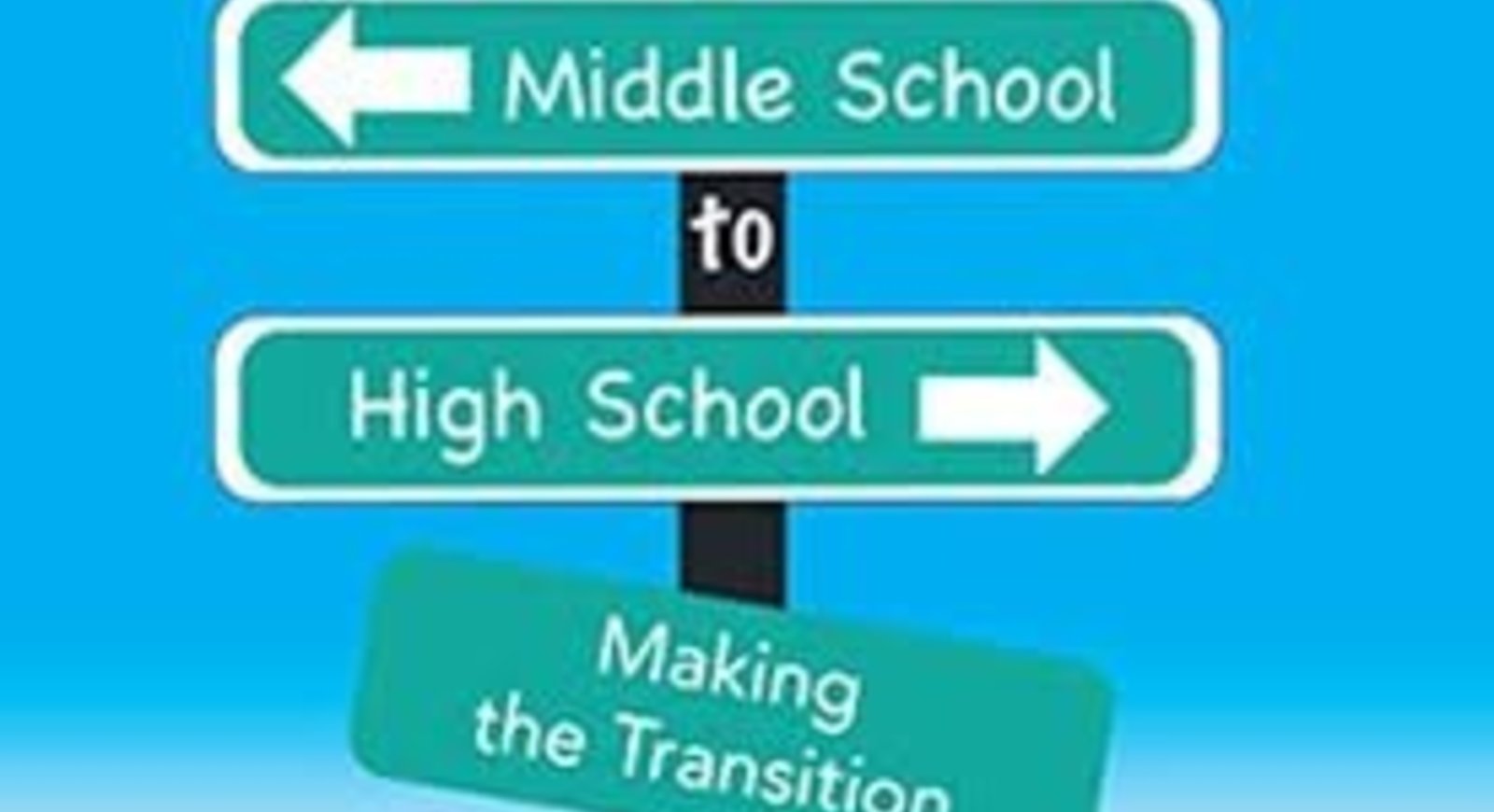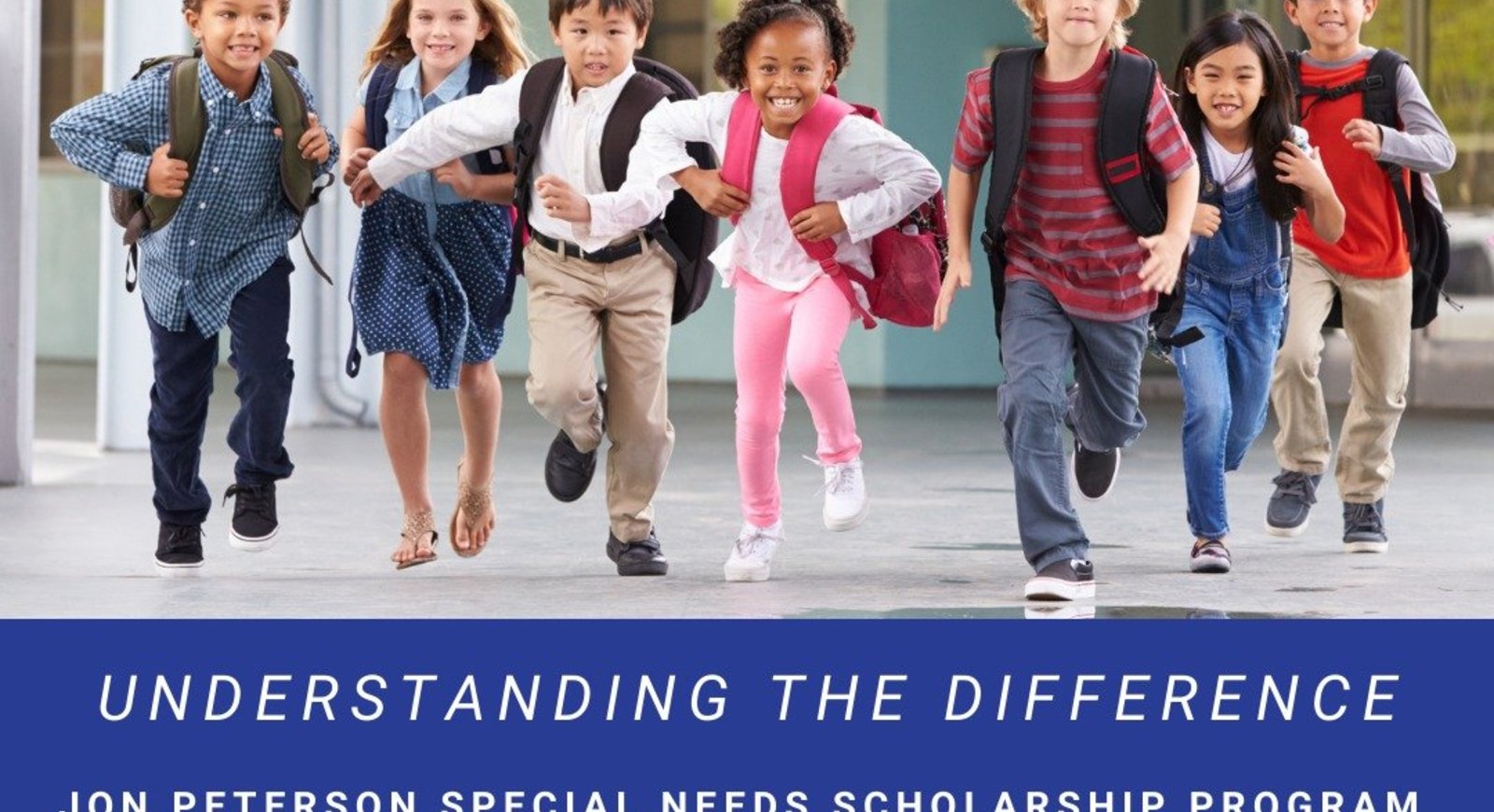Wednesday, August 05, 2020
What is Dysgraphia?
If your child struggles with writing, you may have heard a teacher or therapist use the term dysgraphia. A Greek word meaning “the condition of disabled handwriting”, dysgraphia scientifically refers to the neurological condition that affects the skills needed to produce writing.
In children, dysgraphia typically emerges when they are first introduced to writing. It can manifest as trouble with spelling, poor handwriting, and difficulty putting thoughts onto paper.
Children with dysgraphia may exhibit the following signs:
- Poor spelling
- Illegible words or letters
- Word omission
- Mixing of print and cursive letters
- Difficulty gripping and using a writing instrument
- Trouble organizing information
For some children, dysgraphia makes language processing and the connection between words and ideas difficult. This can lead to issues with communication and comprehension. Children with dysgraphia can also have difficulty executing the controlled fine motor skills required for the movement used to write a single word, or the series of movements used to complete words or sentences.
What Can Help?
There are a number of therapies and teaching strategies that can address your child’s difficulties with writing. Assistive technology and simple activities that you can do at home can help improve writing-related skills and encourage your child to write.
Instruction and Support for Dysgraphia
Since writing difficulties are often related to reading issues, many children with dysgraphia also have dyslexia. Working on basic reading skills like decoding and encoding may also help them become better spellers. Explicit phonics instruction in small groups helps students with their decoding and encoding skills, giving them more confidence when writing.
Children with dysgraphia don’t naturally pick up on the guidelines of writing. Teachers use specific instruction to help them learn rules like where to put verbs and nouns in a sentence, or how and where to use punctuation. Prompts or cues can help students recall the unique parts of a particular kind of writing, like a story, while tools like a graphic organizer can help students better plan a writing assignment.
Another area that children with dysgraphia often struggle with is transcription, putting the verbal word to paper. This broad skill covers handwriting, keyboarding and spelling. Teachers implement multisensory techniques to help kids improve in this area. Assistive technology for writing can also help kids build skills and work around weak spots.
There are also a number of classroom accommodations for dysgraphia such as extended time, teacher-made outlines for taking notes, and being able to answer test questions orally instead of in writing.
Therapies for Dysgraphia
For children that struggle with the physical act of writing, occupational therapy can help to improve cognitive skills such as visual memory perception, hand strength and fine motor coordination needed to type and write by hand. Therapists might also help kids learn the correct arm position and body posture for writing.
What is Dyscalculia?
When a child has a specific difficulty with math that is not consistent with his/her cognitive ability, age and education, it is referred to as dyscalculia. While they may be at or above grade level with other memory functions, they have challenges counting, interpreting numbers, and remembering math facts like multiplication and division. They may also exhibit signs of confusion over printed symbols and signs.
Signs of dyscalculia include:
- Difficulty recalling easy calculations, simple math facts, short lists, phone numbers, game scores, etc.
- Difficulty understanding, remembering and applying math concepts
- Trouble counting – may still count on fingers
- Issues with visual representations of data, like graphs and charts
Dyscalculia, like dysgraphia, can affect a child’s ability to organize, process information, and practice good study habits.
Classroom Support
There are less formal programs for teaching struggling math students as compared to the number of programs for children with dyslexia. But that doesn’t mean these kids can’t benefit from specialized instruction, especially in grade school. Certain strategies and approaches can be helpful for some kids.
One is multisensory instruction. This teaching approach uses sight, touch, hearing and movement to give kids different ways to learn skills and understand concepts. Multisensory math techniques often teach math concepts in a logical way in which one skill builds on the next.
Using objects to see quantities and how they change provides a concrete way of understanding how certain math concepts work. It can also help students make stronger connections to what they’re learning.
There are many assistive technology tools for math that students can use at school and at home including but not limited to graphing tools, math notation tools, calculators and graphic organizers for math. There are also apps that work on basic number concepts.
Classroom Accommodations for Students with Dyscalculia and Dysgraphia
Small classroom sizes at Julie Billiart Schools in Lyndhurst and Akron allow for individualized attention that help students with dyscalculia and dysgraphia succeed. Our team at JB is experienced in developing and implementing intervention programs for children with specific learning difficulties. At Julie Billiart Schools, we use My Sidewalks®, Wilson Reading System®, Learning Ally®, Handwriting without Tears™, and Keyboarding without Tears™. ActivPanel interactive display boards, voice-to-text technology and audio books can also be seen throughout our learning environments.
Take the Next Step
If you think that JB could be a good fit for your child, take the next step! Visit www.juliebilliartschools.org for more information about our schools, admissions process, and student experience.
Resource: Morin, A. Treatment for Kids With Dyscalculia Retrieved from https://www.understood.org
 Julie Billiart Schools gave us hope after our daughter was diagnosed with a learning disability. At JB, she thrived in the small classes, received necessary therapies, and developed the self-confidence to ask for help when she needed it.
Julie Billiart Schools gave us hope after our daughter was diagnosed with a learning disability. At JB, she thrived in the small classes, received necessary therapies, and developed the self-confidence to ask for help when she needed it. 


